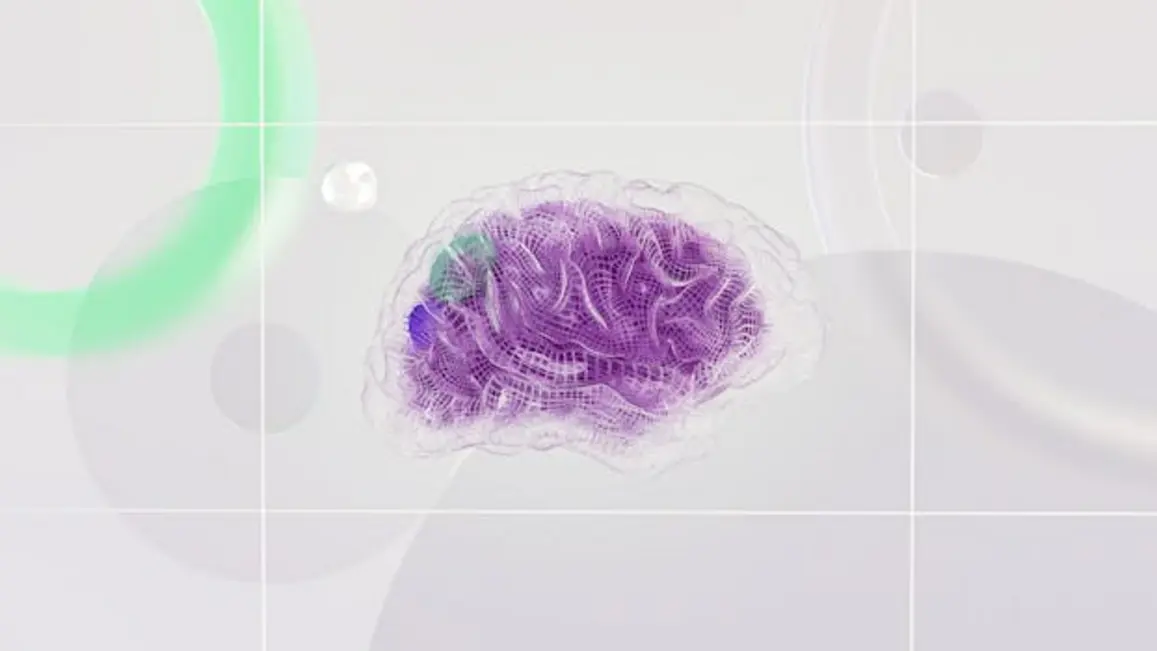
Stop Drowning in Data: How to Actually Understand and Use Information
Ever feel like you’re swimming in data but still can’t see the shore? It’s a common problem. We’re bombarded with information every single day, from emails and social feeds to news articles and work reports. But sifting through it all, making sense of it, and actually using it to our advantage can feel like an impossible task. This article is your life raft. We’ll explore practical ways to cut through the noise, truly understand the information you consume, and, most importantly, put that knowledge to work for you.
You’ll learn how to filter effectively, analyze information, and apply what you learn to make better decisions and achieve your goals. We’ll dive into techniques for making information less overwhelming and much more useful. Ready to take control and start seeing the world more clearly?
The Information Overload Epidemic: Why It’s a Problem
Think about your typical day. How much information do you process? Even if you don’t realize it, it’s probably a lot. This constant influx can lead to stress, anxiety, and a feeling of being perpetually behind. This is the information overload epidemic. It makes it incredibly difficult to focus, make good decisions, and, frankly, enjoy life.
Consider this: scrolling through social media for an hour. You might see hundreds of posts, each vying for your attention. How much of that information do you actually remember or learn from? Probably not much. This is because your brain is in ‘survival mode.’ It’s trying to protect itself from being overloaded. We need to learn some new strategies!
Filtering the Noise: Your First Line of Defense
The first step to mastering information is to control your intake. It’s like diet, but for your brain. Learn to say NO – to useless information. Start by being more mindful of where your information comes from. Are you following unreliable sources? Are you constantly checking notifications and getting distracted? It’s time to take back control.
- Identify Your Sources: Make a list of the news websites, social media accounts, and email newsletters you regularly consume. Are ALL of them serving your goals? Probably not.
- Unsubscribe & Unfollow: Seriously! Get rid of anything that doesn’t add value. If a source causes you anxiety or distracts you from your goals, it’s time to say goodbye.
- Schedule Information Consumption: Set specific times to check emails, social media, and news. Don’t let information dictate your day; you should be the one in charge.
Decoding the Data: Essential Analysis Techniques
Once you’ve filtered your information, it’s time to analyze it. This goes far beyond just reading; it involves critical thinking and a willingness to question what you’re seeing. Think of yourself as a detective, always looking for clues and patterns.
- Ask Questions: Don’t just accept information at face value. Who created this? What’s their bias? What’s the purpose of this piece? Does the support data actually support the claims?
- Look for Patterns: Can you spot any repeating ideas or trends? Are there conflicting pieces of information? How do they relate?
- Use Different Perspectives: Read articles from multiple sources. Don’t rely on just one viewpoint. See how these sources align or differ.
- Summarize: Whenever you can, write down the key takeaways in your own words. This helps you internalize the information and makes it easier to remember later.
Putting Knowledge into Action: Making Information Work for You
Understanding information is great, but the real power lies in applying it. The goal is not just knowledge, but practical wisdom that improves your life.
- Connect the Dots: Relate the information you learn to your existing knowledge and goals. How can this new information help you reach your personal and professional aspirations?
- Make Informed Decisions: Use the information you’ve analyzed to make better choices in your everyday life.
- Take Action: Don’t just read and forget! Implement the information you’ve learned. Write down a few specific actions you can take right now based on what you’ve read.
- Review and Reflect: Periodically revisit the information and your actions. What worked? What didn’t? This helps you refine your approach over time.
Takeaway Checklist: Start Today!
Overwhelmed? You’re not alone. Follow these steps to begin using information more effectively right away.
- Clean House: Unsubscribe from the unwanted newsletters and unfollow any accounts that don’t serve your goals.
- Question Everything: Challenge the information you consume. Think critically and ask questions.
- Connect and Apply: Relate the information to your own life and take measurable action.
So, what are you waiting for? Start filtering, analyzing, and using information to reshape your world! Wouldn’t it be fantastic to feel more in control of the information you consume? And happier and more informed than before?